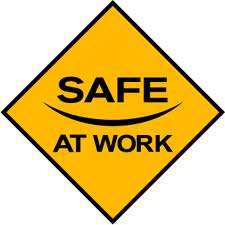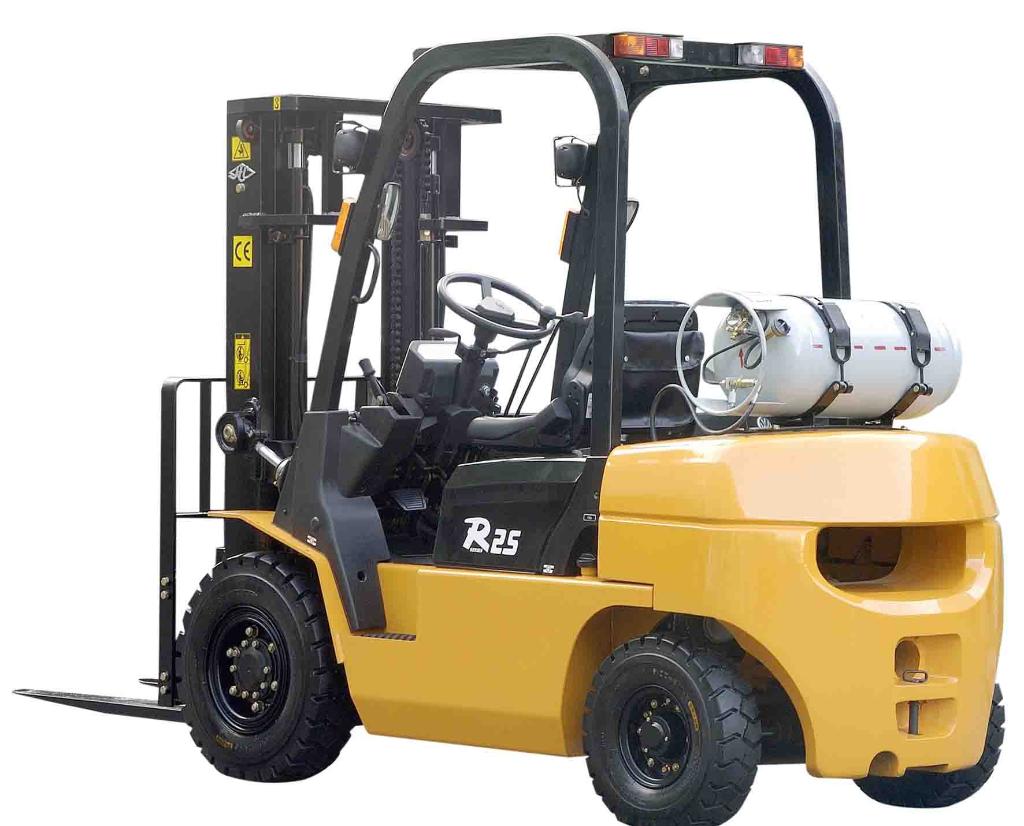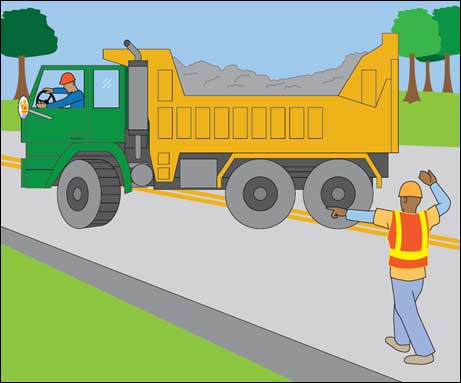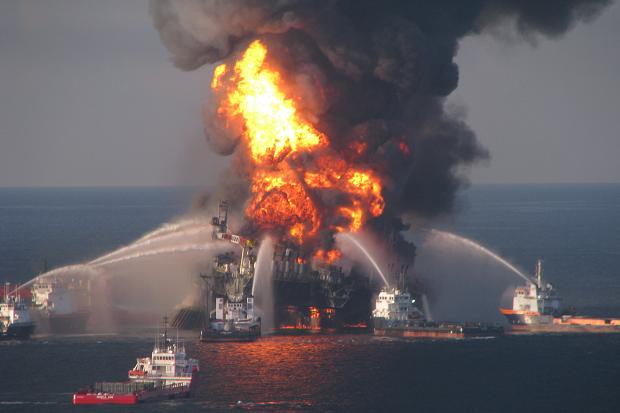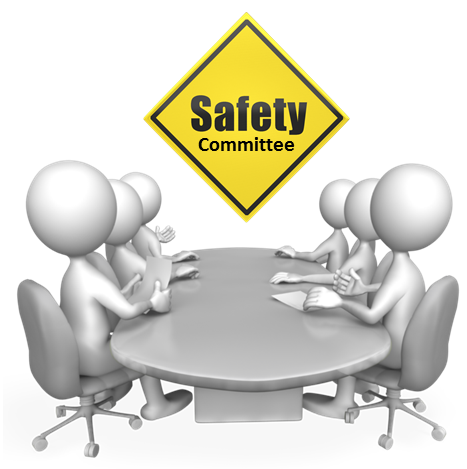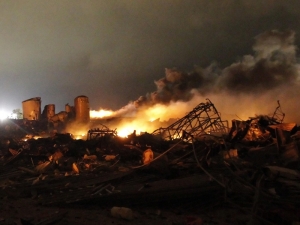 Early Warning Signs of Job Stress
Early Warning Signs of Job Stress
- Headache
- Sleep disturbances
- Difficulty in concentrating
- Short temper
- Upset stomach
- Job dissatisfaction
- Low morale
Job Stress and Health: What the Research Tells Us
- Cardiovascular Disease: Many studies suggest that psychologically demanding jobs that allow employees little control over the work process increase the risk of cardiovascular disease.
- Musculoskeletal Disorders: On the basis of research by NIOSH and many other organizations, it is widely believed that job stress increases the risk for development of back and upper- extremity musculoskeletal disorders.
- Psychological Disorders: Several studies suggest that differences in rates of mental health problems (such as depression and burnout) for various occupations are due partly to differences in job stress levels. (Economic and lifestyle differences between occupations may also contribute to some of these problems.)
- Workplace Injury: Although more study is needed, there is a growing concern that stressful working conditions interfere with safe work practices and set the stage for injuries at work.
- Suicide, Cancer, Ulcers, and Impaired Immune Function: Some studies suggest a relationship between stressful working conditions and these health problems. However, more research is needed before firm conclusions can be drawn.
via CDC – NIOSH Publications and Products – STRESS…At Work (99-101).

